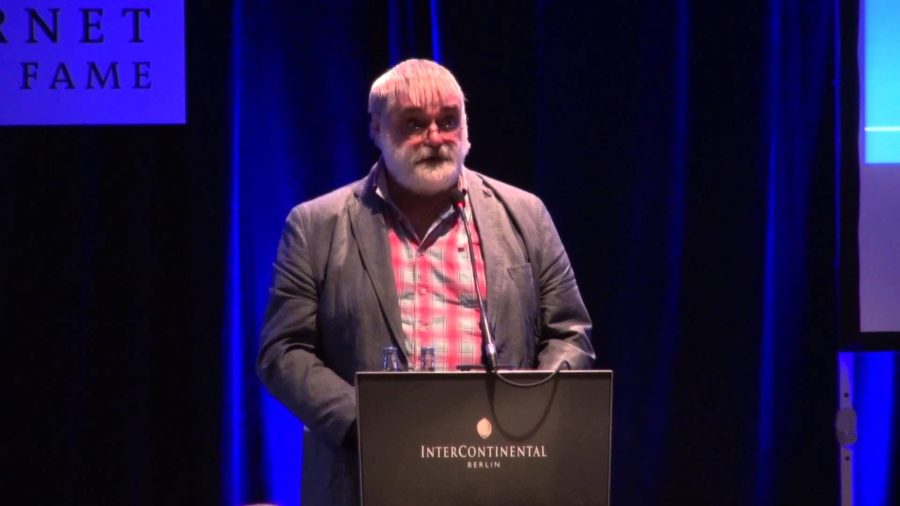At the time we started, the new Linux system was not there. So we used Unix systems to connect them to each other, and try to connect them via dialup lines. Later on, the ARPA and TCP/IP stack existed. But the whole thing was possible, I learned later on, by the blueprint for making the innovations okay.
And that book was written in 1962. It’s written by Everett Rogers, who should thank Gabriel Tarde, who had those ideas. And the book is called Diffusion of Innovations, and I urge you to read that book. Or if you have your Google device with you, look it up and look up the diffusion of innovation for healthcare. For that’s not five hundred pages, and that’s only three pages and gives you ten rules to obey to make things happen and to disseminate those things.
And what you need for that, and I will do that in a little bit, is simplicity. Think about that, and think about simplicity and the complexity which we get on now. And what you also need to do is trialability, compatibility, and relative advantage. And what you above all need is what I call daredevils. And those daredevils made the whole Internet going on.
And I think— I was just in charge. I was just directing things. But all those people with me, and all those people with you, we have to thank them all for doing this. And thank you for the openness and freedom. Keep maintaining that. Thank you.
Further Reference
Teus Hagen profile, Internet Hall of Fame 2013
